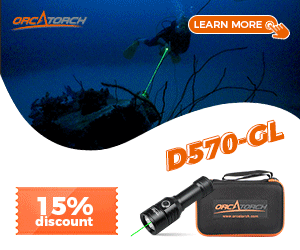Although I own a 3-liters aluminium pony bottle, I do not like carrying it with me most of the time.
Indeed it had been great fun for my children, who learned using it in the swimming pool when they were around 2.5 - 3 years old...
I tend to calibrate my additional air supply depending on the depth and duration of the dive.
For shallow dive (15 meters max) I do not have any redundant supply, and I use a single reg with octo.
15 to 30 meters, but still within NDL, I use a tank with two independent posts, two fully independent regulators, and a mechanical reserve giving me 50 bars of additional air, if needed.
When I was younger I was going deeper, up to 50m (the maximum depth I am certified for) and with some not-very-long deco. For those dives I did use a 10l+10l back mounted twin tank, of course with two independent regs.
I did add the pony tank just in a few cases, when I exceeded those limits and adventured in the territory which, at the time, was called "deep diving" (there was no "tech" yet - and 50m was "normal", not "deep"). So a twin set on the back, plus a side mounted pony, 3 regs in total. A pony of less than 3 liters is substantially useless, in my opinion.
Last time I did such a deep dive was probably around 1985. I did never certify for those deep dives, nor I loved them particularly...
At 60m I was always quite narced!
Indeed it had been great fun for my children, who learned using it in the swimming pool when they were around 2.5 - 3 years old...
I tend to calibrate my additional air supply depending on the depth and duration of the dive.
For shallow dive (15 meters max) I do not have any redundant supply, and I use a single reg with octo.
15 to 30 meters, but still within NDL, I use a tank with two independent posts, two fully independent regulators, and a mechanical reserve giving me 50 bars of additional air, if needed.
When I was younger I was going deeper, up to 50m (the maximum depth I am certified for) and with some not-very-long deco. For those dives I did use a 10l+10l back mounted twin tank, of course with two independent regs.
I did add the pony tank just in a few cases, when I exceeded those limits and adventured in the territory which, at the time, was called "deep diving" (there was no "tech" yet - and 50m was "normal", not "deep"). So a twin set on the back, plus a side mounted pony, 3 regs in total. A pony of less than 3 liters is substantially useless, in my opinion.
Last time I did such a deep dive was probably around 1985. I did never certify for those deep dives, nor I loved them particularly...
At 60m I was always quite narced!




